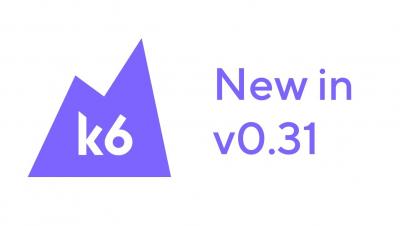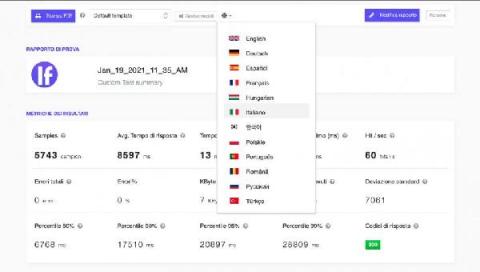Systems | Development | Analytics | API | Testing
Load Testing
A Beginner's Guide To Test Automation With Javascript (Nightwatch.js). Part 2.
Welcome to the “A beginners guide to test automation with Javascript(Nightwatch.js)” blog series part 2! If you have missed out on the first part, you can read it here. In this article we will look into the following and as always – feel free to skip to any part you are the most interested in: Code used in this article can be found in Loadero’s public GitHub examples repository here.
Load Tests as Code: An introduction to k6 | Nicole van der Hoeven
Getting Started with Load Testing your Website in the Cloud
What's New in k6 v0.31?: Output extensions and expected HTTP status codes
How to create Multilingual Reports for Performance Tests
With our newly released White Labelled Reports for performance tests, you can now print the PDF reports in multiple languages. This applies to our load testing cloud tool and also for load tests using JMeter test scripts.
k6 v0.31.0 released
k6 v0.31.0 is here! 🎉 It's a smaller release with some significant performance improvements, as well as some really exciting new features. For additionall details, see the full release notes on GitHub.
An overview of load testing with k6
k6 Office Hours (with New Relic!) - February 19th, 2021
Load Generation Strategies For Your Performance And Load Tests
Setting a correct increment strategy for load generation is crucial when you are load testing a website or service. It’s especially important to make sure your website will not be bombarded by a huge number of participants all at once. Choosing correct increment strategy helps you organize your test run flow. You are making sure that participants start exactly how you expect. That can be especially useful for WebRTC service testing.











